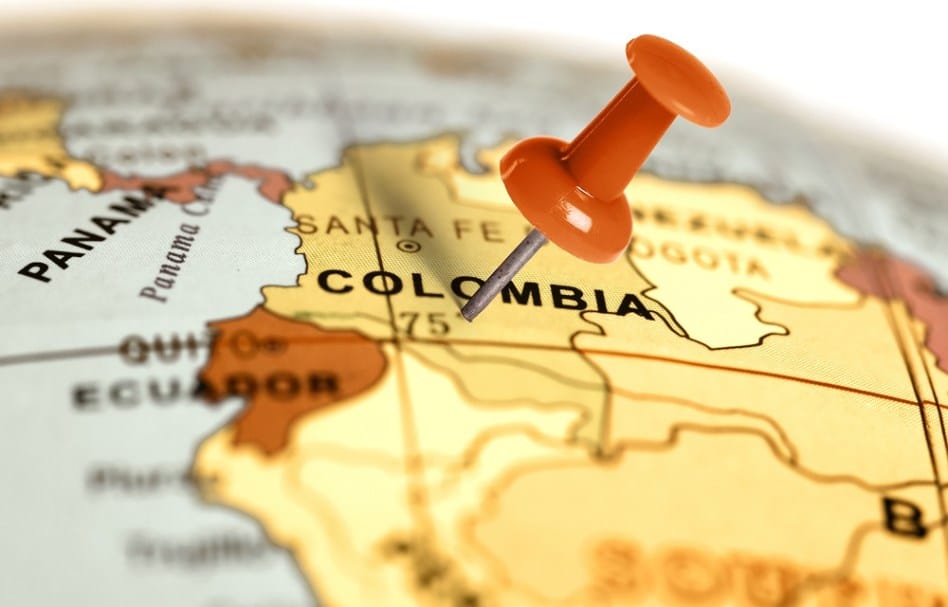
As Ripple’s legal situation in the United States remains uncertain, the blockchain company is focusing on expanding its operations in other regions. Following its endeavors in Europe, Ripple is now targeting Latin America as part of its strategic approach. In a recent partnership signed in Colombia, Ripple will utilize its CBDC platform to drive use cases aimed at enhancing the country’s payment system. This move highlights Ripple’s differentiation from its competitors in the CBDC space.
Ripple’s CBDC platform: Setting it apart
The announcement of Ripple’s CBDC platform was made in May, where the company stated that it enables central banks and governments to facilitate the next phase of digitization in financial services. Moreover, it aims to improve access to these services for millions of unbanked individuals. Designed for multiple use cases, Ripple’s platform includes wholesale and retail CBDCs on a private ledger, as well as the issuance of stablecoins. The industry has recognized Ripple’s solution as one of the most innovative and robust in the crypto space.
Colombia’s growing interest in blockchain and cryptocurrency
Following Montenegro and the Republic of Palau, Colombia has become the latest country to explore Ripple’s CBDC platform. The Central Bank of Colombia, Banco de la República, has partnered with Ripple to explore the potential of blockchain technology. The Ministry of Information Technology and Communications (MinTIC) will also be involved in this collaboration. This project aligns with a broader initiative by MinTIC to experiment with blockchain technology under its supervision.
In August 2022, the Colombian government expressed its intentions to introduce a CBDC to facilitate transactions and reduce tax evasion. Additionally, there were plans to ban cash transactions exceeding 10 million Colombian pesos ($2,390). Ripple’s involvement positions the company as a key player in Colombia’s crypto sector.
Ripple as a key catalyst for blockchain adoption in Colombia
The pilot project in Colombia is expected to run until the end of this year, with the aim of showcasing to public entities how the unmatched speed, scalability, and transparency of blockchain technology can revolutionize payment systems and data management. Ripple emphasized that its CBDC platform “will be tested and experimented in a controlled environment without compromising public resources.” Minister Mauricio Lizcano commented on the project, stating that:
The potential efficiency gains can be assessed through the results obtained consistently from the development of a blockchain-based solution… (blockchain) manages to improve and complement processes in entities in a safe and effective manner.
This is not Ripple’s first involvement in Colombia’s blockchain space. Previously, the company collaborated with Peersyt Technology to store and permanently authenticate property titles on XRPL, Ripple’s public blockchain. Land ownership, particularly the unequal distribution of land, has been a contributing factor to the civil war in Colombia.
Ripple’s partnership with the Central Bank of Colombia to explore the use of its CBDC platform marks a significant step towards blockchain adoption in Latin America. By leveraging Ripple’s expertise and innovative solutions, Colombia aims to modernize its payment systems, enhance financial inclusion, and promote transparency. As Ripple continues to expand its footprint globally, its collaboration with Colombia positions the company as a catalyst for blockchain adoption in the region. With ongoing experimentation and progressive initiatives, Colombia is setting the stage for a transformative future in finance and technology.